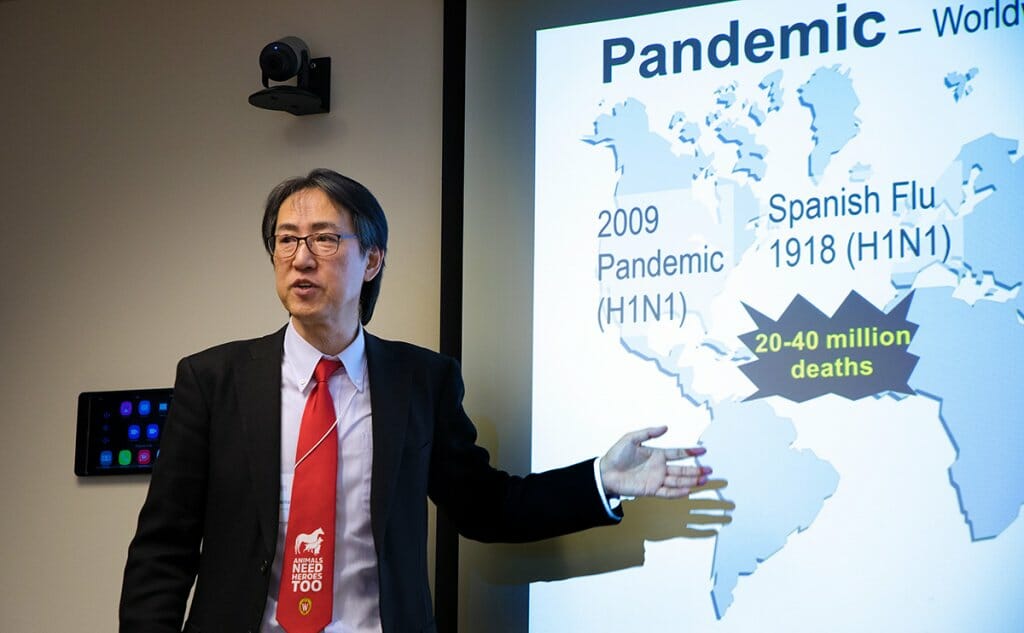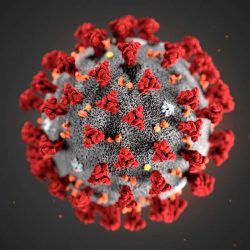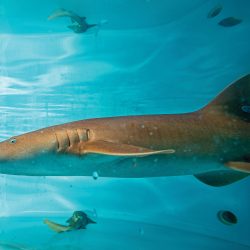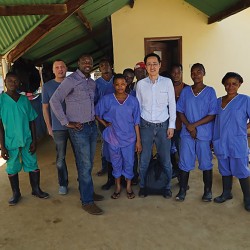A Universal Coronavirus Vaccine
UW–Madison researchers lead the effort to protect us from viruses yet to come.
Viruses can be wily adapters, changing their identities to find new hosts and thwart efforts to stop them. That’s why UW–Madison researchers and their collaborators are making progress toward developing universal vaccines against some of the planet’s most harmful pathogens, including the virus family responsible for the COVID-19 pandemic.
Last fall, the National Institutes of Health announced it was investing in three teams developing a vaccine that would work against a broad range of coronaviruses. Among them is a research collaboration, the Pan-Coronavirus Vaccine consortium, led by Yoshihiro Kawaoka, professor of pathobiological sciences at the UW School of Veterinary Medicine.
“This pan-coronavirus vaccine is basically preparing for the future,” Kawaoka says.
Kawaoka and his collaborators are looking for a vaccine or vaccines that could train our immune systems to respond to a broad array of coronaviruses, including SARS-CoV-2, and their variants.
Before 2019, no one had ever seen SARS-CoV-2, the virus that causes COVID-19. If successful, a pan-coronavirus vaccine would also protect against other as-yet-unknown coronaviruses.
“The pan-coronavirus vaccine may not be as effective as a vaccine that is specific for a particular strain, like SARS-CoV-2,” says Kawaoka. But the trade-off for reduced effectiveness is increased coverage.
Adds Peter Halfmann ’00, PhD’08, research associate professor in the Kawaoka lab at the UW’s Influenza Research Institute, it would mean “having something ready to go in case something did pop up.”
The researchers will also study how long vaccine-induced immunity lasts and whether vaccination can prevent transmission between animals.
Kawaoka expects that vaccine candidates they identify now will be at least five years away from the clinic, but his lab and others will continue to invest time, energy, and resources toward solving these challenges.
The future may depend on it.
Published in the Summer 2022 issue




Comments
No comments posted yet.